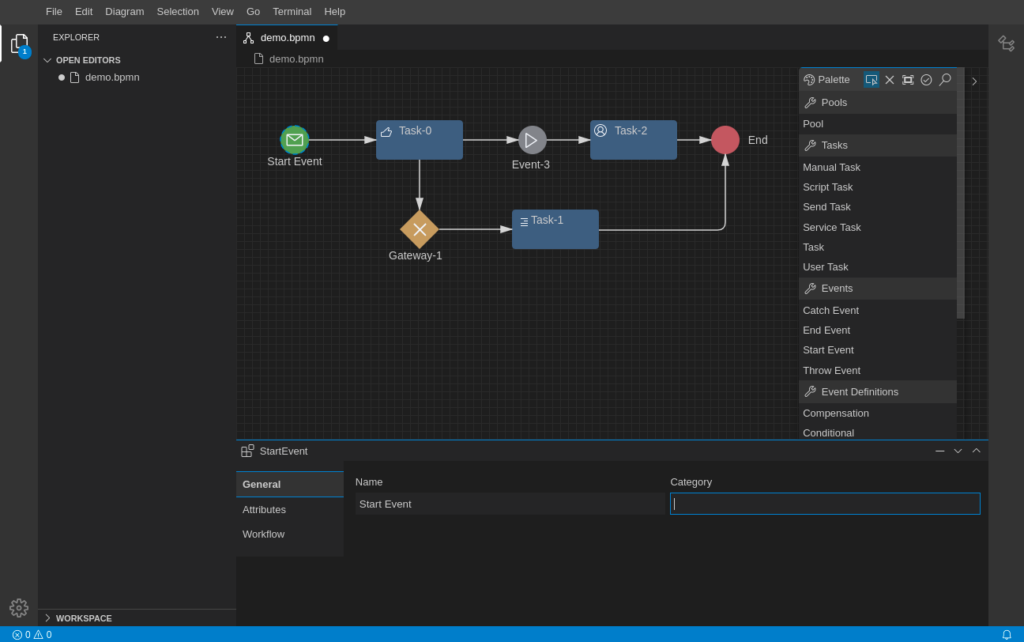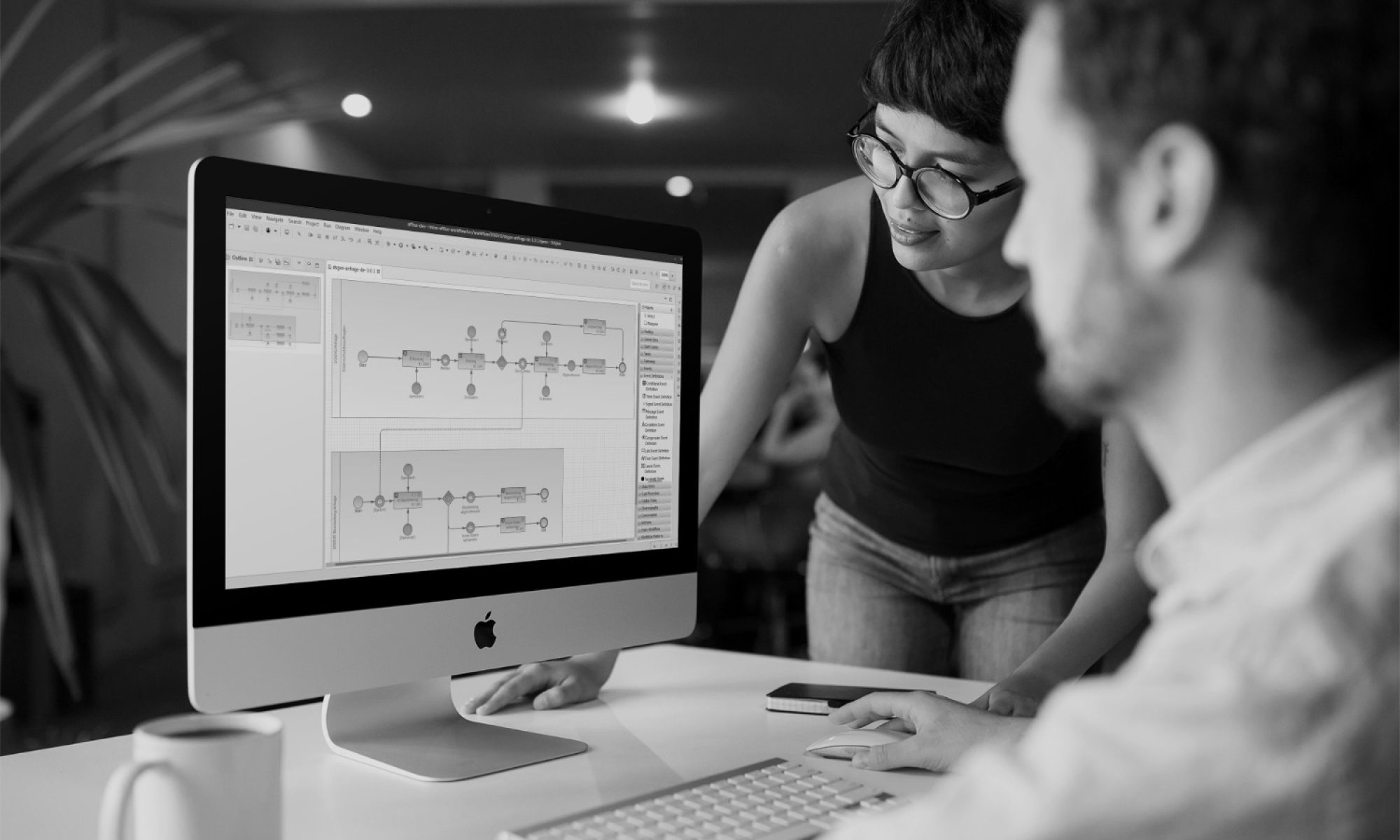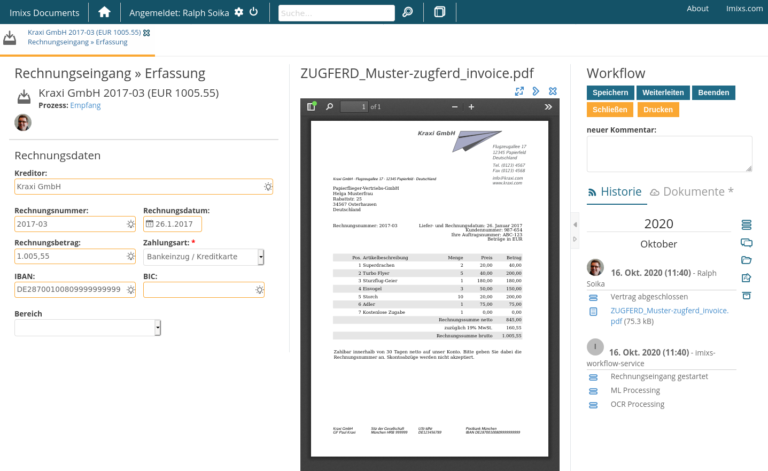
Imixs-Workflow started a new modelling project called Open-BPMN. Open-BPMN is a free BPMN 2.0 modelling platform that can be extended and customized by any BPMN 2.0 compliant execution engine. The primary goal of this project is to provide a graphical BPMN editing framework that can be extended in various ways by different solutions to create an agile and innovative community around the BPMN standard.

For this reason we build Open BPMN based on the Eclipse Graphical Language Server Platform (GLSP). GLSP is an extensible open-source framework for building custom diagram editors based on web technologies. The platform provides a language server protocol (LSP) for diagrams that allows to adapt any kind of modelling language. GLSP splits into a server part and a client part. The server part is responsible to handle the underlying model stored in a filesystem, database or microservice and provides the graphical model meta data. The client part communicates with the server and provides the graphical representation and the modelling tools to create and modify a model.
The main advantage of GLSP is its openness and extensibility. In this way it allows us to not only provide a new flexible BPMN modelling tool but also adapt the BPMN Extensions of Imixs-Workflow within this solution. Adapting the Imixs-Workflow engine within the Open-BPMN Modeller is a first proof of concept showing the flexibility and power of this platform.
Multi IDE Support and Extensibility
GLSP can be integrated into different IDEs like Microsoft VS Code, the web based Theia IDE and of course the Eclipse Platform. This allows us to use Open-BPMN in much more different ways and projects and opens the modelling tool to a broader community.
With the extensibility of GLSP, Open-BPMN can not only be extended within the extension mechanism of BPMN 2.0, but also by additional views, editors and UI elements in various ways. For example custom Form editors, Analyse-Panels or Reporting Tools can be adapted by individual projects.
The Community
There is also a strong and agile community around this project that supports us in adapting the technology into the Imixs-Workflow project. Of course Open-BPMN is free software and we invite you to participate in it. There are different ways how you can do that. Join the Open-BPMN Project on GitHub or help us to improve the project by reporting bugs or start a new discussion.
So if you plan to customize BPMN for your own software project, then join Open-BPMN and get support from an agile community. Of course, we also offer professional support for your project.





